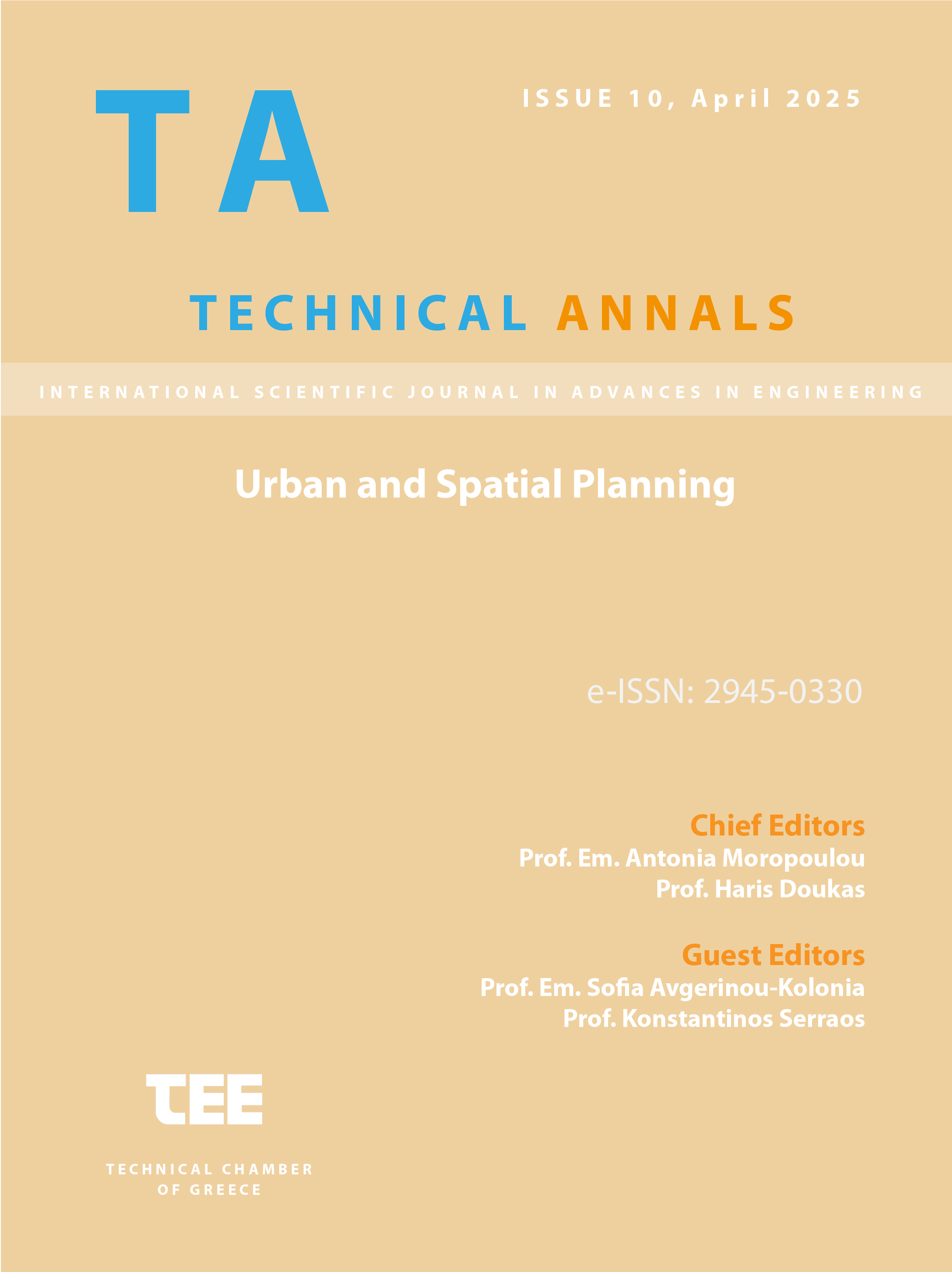Evaluation of healthy historic centers: The case of Chania

Abstract
This paper explores the concept of healthy cities, emphasizing the need for urban environments that promote health, well-being, and sustainability. It highlights the challenges posed by rapid urbanization, environmental degradation, and social inequalities. The World Health Organization’s definition of a healthy city is outlined, emphasizing the integration of physical and social environments to enhance quality of life. The paper reviews existing evaluation frameworks and certifications and proposes a toolkit for assessing the health of historic urban centers, incorporating factors like cultural heritage preservation, tourism, and social equity. The historic center of Chania which is used for the application of the proposed evaluation framework is characterized by moderate preservation, with signs of deterioration in some buildings and limited adaptive reuse. Environmental quality is relatively good, but noise pollution and low green space coverage are concerns. Accessibility for people with disabilities and public transportation services are inadequate, while cycling infrastructure is poorly developed. Climate resilience is weak, and sustainable tourism efforts are insufficient, leading to overcrowding and strain on infrastructure. Proposals for improvement include enhancing heritage preservation, expanding sustainable transport, increasing green spaces, and strengthening climate resilience. These measures aim to improve accessibility, livability, and sustainability for both residents and visitors.
Article Details
- How to Cite
-
Dimelli, D. (2025). Evaluation of healthy historic centers: The case of Chania. Technical Annals, 1(10). https://doi.org/10.12681/ta.40792
- Section
- Spatial Planning

This work is licensed under a Creative Commons Attribution-NonCommercial-ShareAlike 4.0 International License.


